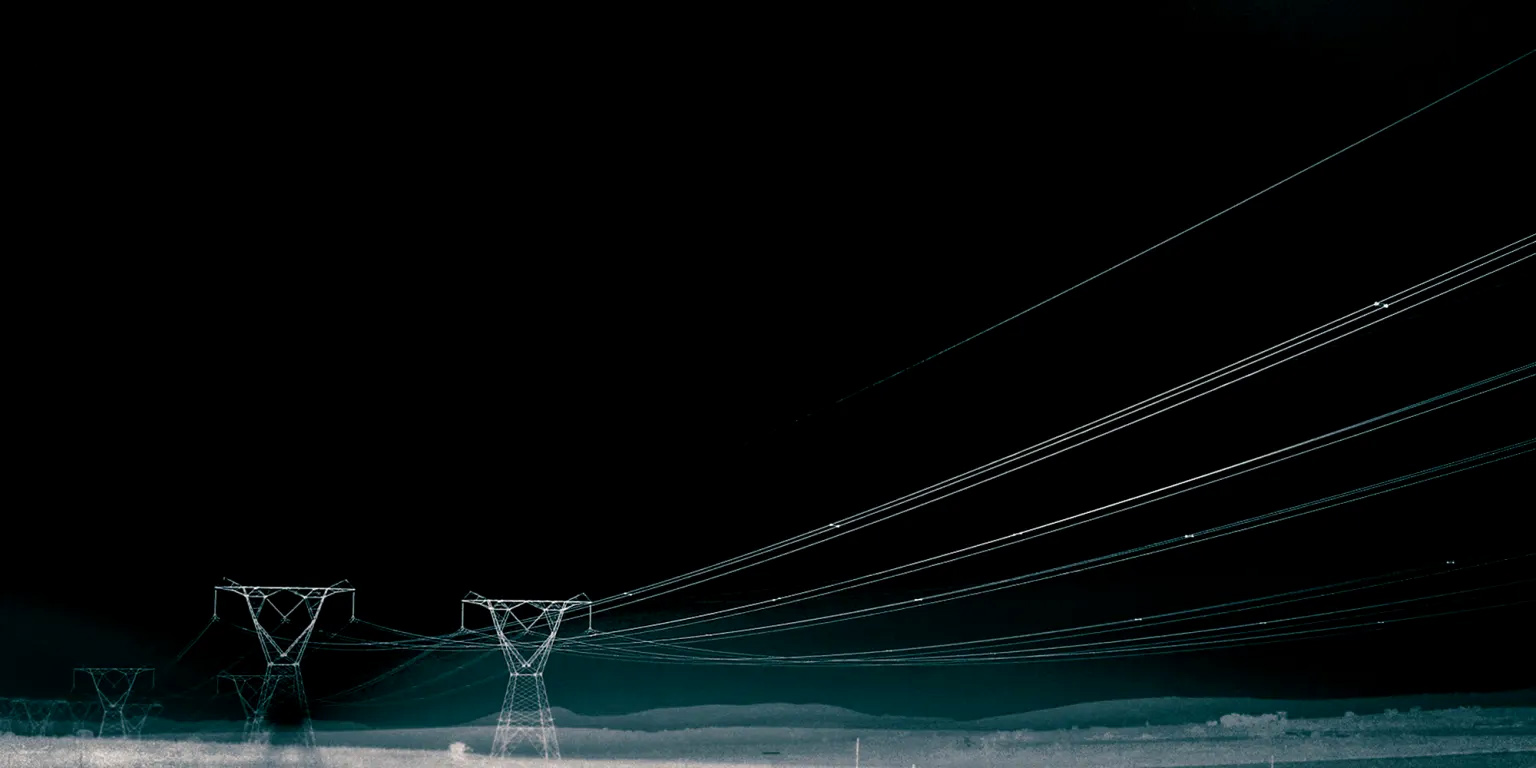“They now run to failure. Pre-emptive maintenance has been abandoned for several years,” Wits’ School of Electrical and Information Engineering, Professor Willie Cronje said.
Professor Cronje was speaking to Daily Maverick on Tuesday morning following City Power’s implementation of load reduction to minimise power overload.
The massive burden on City Power’s infrastructure underscores the urgent need for revitalisation.
Bertha Dlamini, president of African Women in Energy and Power (Aweap) pointed in the direction of winter season and appliances.
“Winter season heating appliances exacerbated by illegal connections done outside of the engineering protocols of the system and infrastructure,” she said.
Read more in Daily Maverick: Load reduction hits Joburg to prevent ‘total grid collapse’
Professor Cronje said the reason the infrastructure cannot withstand consumption demand was because the infrastructure has aged and is constantly under the stress of overloading.
“Old age and overloading stresses the infrastructure to the point of failure,” he said.
More than 80 areas across Johannesburg have been affected by the load reduction implemented from Monday. These will be grouped into six blocks for load reduction, which will not exceed 2.5 hours per block.
Illegal connections and overload
City Power says it has been their observation that those who are illegally connected or tampered with electricity meters, are among the highest consumers of electricity because they do not experience the financial consequences of keeping high and irresponsible usage.
Read more in Daily Maverick: Illegal electricity connections cost Cape Town R83m in 10 months
“Illegal connections further exacerbate the issue by overloading the system. Overloading the network can lead to transformer failures, explosions at substations, and other infrastructure damages, potentially causing extended outages in suburbs, towns, and regions,” Dlamini said.
Non-payment
City Power is owed billions in revenue by defaulting customers and businesses, and have embarked on a process to disconnect such customers and businesses.
According to City Power:
“Revenue collection operations across the City of Johannesburg are continuing this winter season. This seeks not only to alleviate pressure on the system but to also recover the billions owed to it.”
The power provider said this would also send a strong message to non-paying customers to pay for the services they use daily or risk having their power supply cut off.
Ripple relay receivers
Ripple relay receivers are devices which help City Power in controlling the power load. “They are installed in people’s houses in high power consuming areas. We are able to remotely switch off the geyser at that time to control the load,” City Power’s Tumi Mashishi said.
Some substations are also listed as Ripple Substations, meaning all areas supplied by these substations have ripple relay receivers.
However, regarding the efficiency of ripple meters, Professor Cronje said:
“Ripple control is too little too late. This was a decent idea 40 years ago. There are more modern ways to address this problem,” Professor Cronje said.
Tariff increases
Eskom has already expressed its desire to approach the National Energy Regulator of South Africa (Nersa) cap in hand for a request for tariff hikes — something which did not go down well with some activists and civil rights organisations such as AfriForum.
The civil rights organisation brought an urgent application in the High Court in Pretoria against Nersa.
In terms of an October 2022 High Court order, a cost study is required as part of municipalities’ applications for tariff increases. This is also prescribed by the Electricity Regulation Act 4 of 2006.
“The importance of this case cannot be understated. Municipalities are legislatively mandated to have cost of supply studies before they may levy an electricity tariff. Nersa must enforce this mechanism and municipalities,” Morné Mostert, Manager of Local Government Affairs at AfriForum said.
Read more in Daily Maverick: Nersa approves 18.65% Eskom tariff hike for 2023/24 and 12.74% for the following financial year
“The use of a cost study for tariff increases is critical because it gives a clear outline of what municipalities’ tariffs must be to deliver the service properly and maintain networks. The applications of municipalities that do not have cost studies are simply based on an estimate of what it costs to provide the service,” Mostert said.
“The Electricity Regulation Act is clear that it requires a Licensee to be efficient in the execution of its licensed activities. Nersa must consider each Municipality’s application by its compliance with legislation and then its performance,” Mostert said.
Some South Africans and energy activists have berated Eskom’s decision to not first exhaustively collect all debt owed by customers and businesses before turning up at Nersa’s door cap in hand.
Dlamini added, “When the electricity distribution infrastructure is overloaded, it can result in costly damage, extended repair times, and endanger the lives of workers and residents.”
When Daily Maverick asked Professor Cronje when the load reduction might end, he responded:
“My guess is that it could continue for the entire winter period.”
City Power has not indicated how long the Load reduction might last. DM





